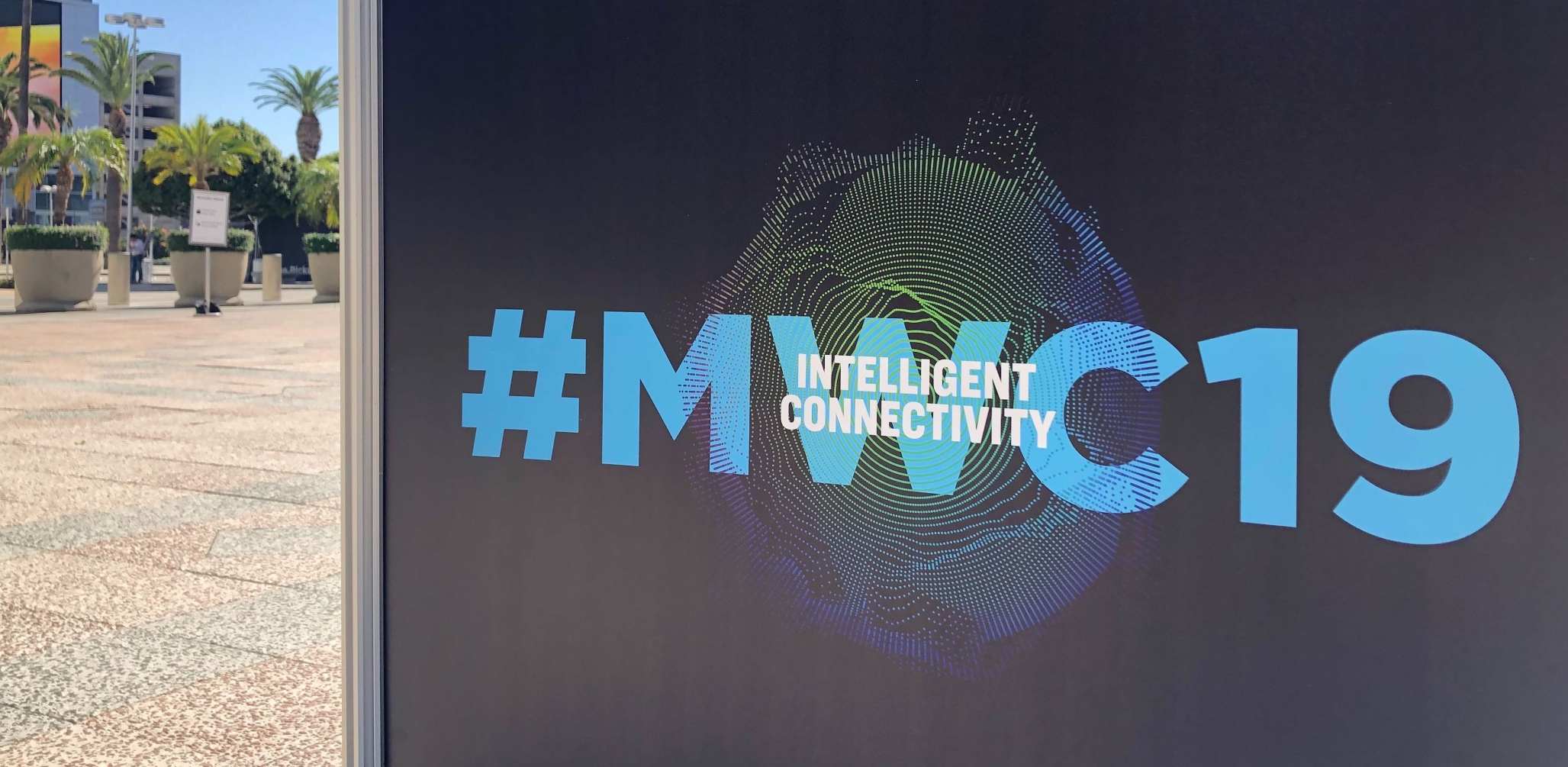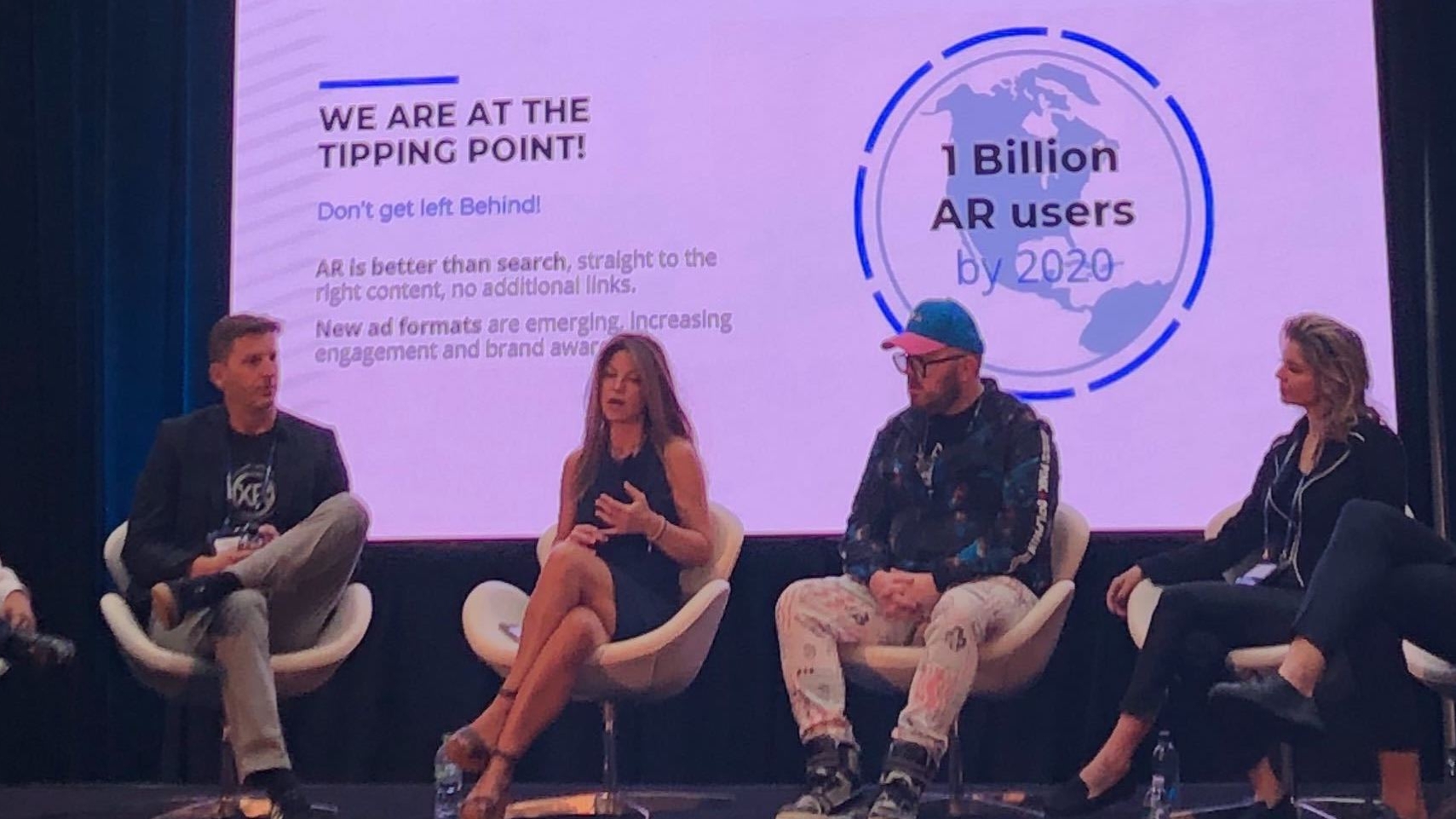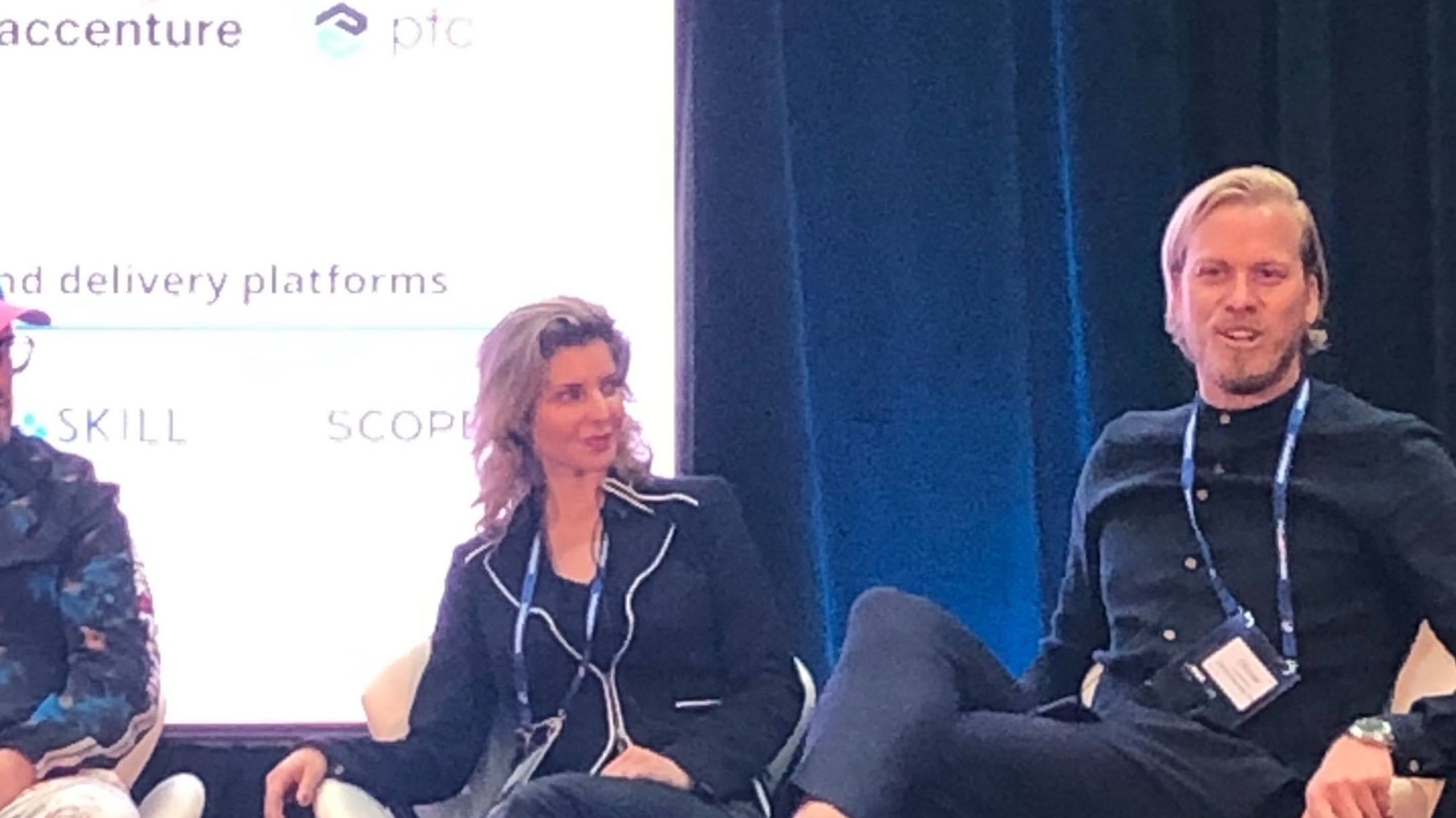MWC Los Angeles Rolls Out the Red Carpet for 5G’s Arrival

The Mobile World Congress took to Los Angeles this week, gathering together the wireless industry: network operators, software companies, manufacturers and creative partners. The focus on this year’s event was intelligent connectivity, and how 5G is set to bridge together several innovations (like big data, AI, the internet of things and extended reality) to reinvent the way we interact with content and each other, both in our professional and daily lives.
In his keynote kicking off the event, GSMA Director General Mats Granryd identified several real-world impacts that 5G will offer. Mental health practitioners could provide at-home therapy to lonely patients via hologram, for example; colleagues could better collaborate with one another in real time from across the world, and students could “literally carry your classroom in your pocket” with experiences make a greater impact than a simple video recording of a lesson.
It’s the Year 5G Finally Gets Real
At a gathering of so many innovators and mobile operators, you get the sense that anticipation for “what’s next” is high. Technologists have waited years for 5G to grow out of its status as a buzzword and into an actual offering. With its rollout to select cities in the US, the promise of the ultra-fast connection is almost upon us, and a sense of excitement permeated the conference. In conversation with Meredith Atwell Baker (President and CEO, CTIA), Ken Meyers (President and CEO, US Cellular) contrasted this attitude with the jump from 3G to 4G. “We didn’t sit back and think, ‘Oh, look at the app-based economy right in front of us,’” he said.
There are already things we have to do with our clients to think 5 years out. You have to take 5G as a given.
But that’s what’s happening now. On the panel “New Marketing Strategies: How to Make Money with XR,” RYOT Head of Content Nigel Tierney mentioned how even with 5G on the horizon, there are still limitations to solve: “We’re at the crux of unlocking possibilities.” Silkie Meixner, Partner, Digital Business Strategy at IBM, likewise mentioned how the firm is working now to help clients prepare for a future that’s ripe with opportunity and is set to change the way they work. “There are already things we have to do with our clients to think 5 years out,” she said. “You have to take 5G as a given.”
Buying in on Big Bandwidth
So, what does the 5-year, 5G plan look like? The simplest way to envision a 5G-infused future is to consider the significant boost in bandwidth it will provide: it can reach speeds of up to 100x faster than 4G, which had previously made significant impact on services like streaming music and video years ago. And what 4G connectivity has done for video, 5G could do for emerging media, including cloud-based gaming (like Google’s upcoming Stadia gaming service) or streamable AR and VR.
5G innovation opens up an “era of advanced video experiences that will truly allow mobile to distinguish itself as an entertainment medium.
In his keynote presentation, Viacom CEO Bob Bakish discussed how the multinational entertainment conglomerate is looking forward to a near-future of premium video content, enhanced with the power of 5G and integrated with related media and platforms. This would usher in an “era of advanced video experiences that will truly allow mobile to distinguish itself as an entertainment medium.” It would also encourage brands and content creators to consider the many contexts in which audiences will connect to their content: on a smartphone, in a driverless car or somewhere else.
Bakish mentioned how developing such content through new partnerships would help network operators differentiate themselves by leveraging their partners’ IP. We saw the strategy in action at this year’s Comic Con, where we helped AT&T launch a VR experience that let Batman fans fly through Gotham City. The experience’s presence at the conference instilled trust in AT&T’s ability to output the kind of content that audiences desire after its acquisition of Time Warner and DC Comics IP.
Extending Extended Reality Even Further
While the Batman experience was site-specific, 5G offers opportunity to enhance and scale up such experiences for mass audiences. One of the biggest challenges affecting AR and VR right now is that it’s not easily streamable; users must discover and download applications for fully-featured experiences, which is partly why the much more limited (yet accessible) camera filter has risen as the most popular and ubiquitous use of the technology.

Managing Director of MediaMonks LA, Olivier Koelemij (right), sat on the panel to discuss the opportunities that 5G offers to extended reality.

Managing Director of MediaMonks LA, Olivier Koelemij (right), sat on the panel to discuss the opportunities that 5G offers to extended reality.
But 5G can do away with those constraints. “More bandwidth means we can be more ambitious and artistic with the content we create,” says Olivier Koelemij, Managing Director of MediaMonks LA, who sat on the same panel. “A better, more immersive story means our strategies to amplify it will become more ambitious in lockstep.”
This means there’s opportunity for brands to relate with audiences through more sophisticated, shareable digital experiences. Tierney attributes failure to poor storytelling and lack of meaningfulness, citing a need for brands to integrate personalization and data into the creative process and delivery—basically, they need to be more purposeful in their ideation and delivery to provide resonant interactive experiences.
“We don’t suggest a technological approach because it’s the hot trend,” says Koelemij. “Our content and technology must be fit for format, purpose and consumer.” He suggests viewing any creative problem through a pragmatic lens. “You should ask questions like: is extended reality helping us deliver a stronger message here? How can we integrate other digital elements to do this?” The goal is to home in on the right approach for your business goals through data and KPIs, ultimately delivering an experience that resonates with consumers.
Our content and technology must be fit for format, purpose and consumer.
Meixner described how IBM employed such a strategy to develop a VR-enabled training experience. The B2B solution not only makes training faster and scalable by teaching trainees skills that they’d otherwise gain in a classroom—it also collects data through interactions like motion analysis, which could be used to optimize the tool or develop new ones. The strategy shows how innovations can be developed and optimized through practical, real-world data that empowers and educates.
It’s clear from this year’s conference that 5G isn’t just about connecting people to friends or family via a wireless handset. It’s about truly integrating all of the devices and touch points we interact with each day, enabling truly transformable and new interactions. As the technology begins to roll out, brands must be prepared to adopt it with a sense of purpose to offer audiences meaningful, impactful and differentiated experiences.
Related
Thinking
Sharpen your edge in a world that won't wait
Sign up to get email updates with actionable insights, cutting-edge research and proven strategies.
Monks needs the contact information you provide to us to contact you about our products and services. You may unsubscribe from these communications at any time. For information on how to unsubscribe, as well as our privacy practices and commitment to protecting your privacy, please review our Privacy Policy.


